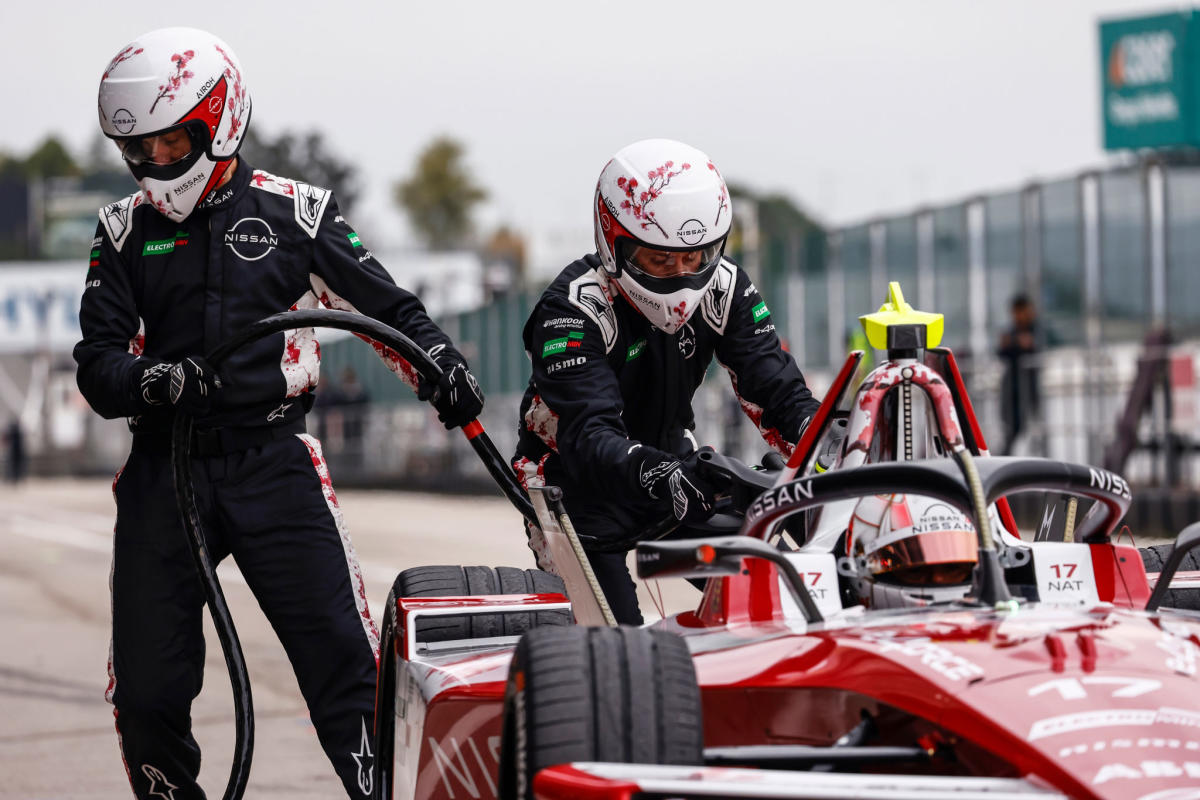In a significant victory for traditional aerospace companies, the U.S. Senate has passed President Trump’s budget reconciliation bill, which allocates additional billions of dollars to NASA’s flagship Artemis program.
The $10 billion boost to the Artemis program, which includes funding for extra Space Launch System rockets and an orbiting lunar station known as Gateway, is a rejection of critics’ calls to adopt alternative technologies. Notable critics include SpaceX CEO Elon Musk and billionaire entrepreneur Jared Isaacman, whom Musk had proposed as the next NASA administrator.
The strained relationship between Musk and Trump shows no signs of improvement. If Trump signs the bill into law, the tensions that began after the president’s sudden withdrawal of Isaacman’s nomination are likely to persist, if not intensify.
Musk has been particularly vocal in his criticism of the Space Launch System (SLS) rocket, pointing out that it is entirely expendable. In contrast to SpaceX’s reusable rockets, the SLS is used only once. As Musk noted in 2020, this means that “a billion-dollar rocket is blown up” with each launch. However, more recent estimates from NASA’s watchdog suggest that the recurring production costs are closer to $2.5 billion per rocket.
To date, around $24 billion has been invested in SLS production, with the majority of the funds going to a consortium of leading aerospace companies, including Boeing, L3Harris’ Aerojet Rocketdyne, and Northrop Grumman, which is responsible for constructing the main rocket components.
During his recent Senate confirmation hearings, Isaacman questioned the massive expenditure on SLS. While he confirmed that SLS would be used for the next two Artemis missions, he expressed doubts about its long-term viability, stating that it was not “the long-term way to get to and from the moon and to Mars with great frequency.”
Despite these concerns, Congress and Trump (if he decides to sign the bill) have chosen to proceed with the funding. Approximately $4.1 billion of the $10 billion total will be allocated to additional SLS rockets for Artemis missions 4 and 5, while around $2.6 billion will be used to complete the Gateway station.
It is worth noting that the president’s fiscal year budget request for NASA, submitted in May, proposed to “phase out the Space Launch System and Orion spacecraft after the Artemis III mission is complete.” The new funding appears to contradict this proposal, which was submitted before the public fallout between Musk and Trump in June.
The new funding also includes $700 million for a Mars Telecommunications Orbiter, $1.25 billion for extended operation of the International Space Station, and $325 million for SpaceX to develop a spacecraft to de-orbit the ISS at the end of the decade. (The total contract value for the de-orbit spacecraft is $843 million.)
Source Link





